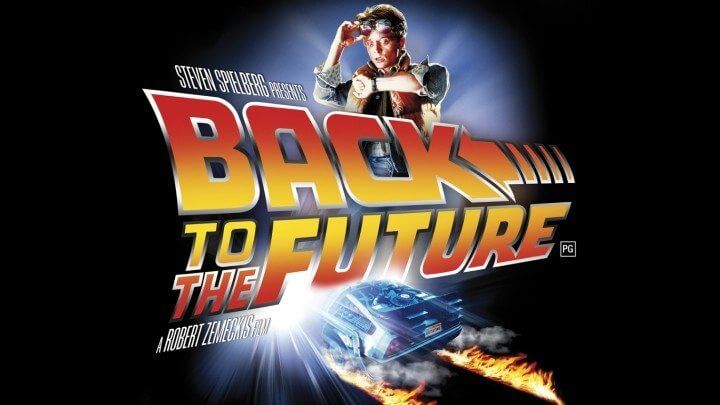|
By I. Doherty Back to the future is a classic 1980s blockbuster film, combining elements of science fiction, comedy and romance. McFly, a small-town California teenager is transported back to 1950 after an experiment by his eccentric scientist friend, Doc Brown, goes horribly wrong. Marty finds young versions of his parents while travelling though time in a modified DeLorean car and must ensure that they fall in love, or he will cease to exist. Even more frighting, Marty must travel back in time to save Doc Brown’s life.
Marty played by Michael J. Fox is an excellent protagonist not only because he appears to be the coolest kid in school, but also because he isn’t. His charism lures others in, but his genuine personality is clumsy, uncomfortable, and prone to disobedience. His quest for musical success, his deep love for those around his and his know-it-all attitude all combine to make him one of cinema’s most enduring main characters. Even though the mad scientist stereotype has been around for a long time, few mad scientists are as twisted, uplifting and amusing as Christopher Lloyd’s Doc Brown. Doc Brown’s plutonium fuelled shenanigans are crucial elements of the Back to the Future myths, with his wide eyes look, eternally frizzy hair and constant restless wandering. Marty and Doc’s friendship is unusual with much of its history and foundation left to the view’s imaginations. Because of how strange their relationship is, many a writer has riffed on it over years. Despite its weirdness, their friendship is genuine. Sure, it exists oddly between an adolescent and a nuclear physicist, but it serves as the ideal foundation for the Back to the Future’s subsequent time-travelling adventures. Only a truly strange friendship could fuel such a compellingly strange film. Taking a character from the rockstar 1980s and transporting him back three decades results in a fantastic mishmash of ideas, moos, and perfectly amusing pop culture references. Not to mention the film’s ability to self-reflexively comment on repression and stuck-up attitude of the 1950s America, while a new version of the film could contain some meaningful cultural commentary, it would be difficult to match the insight, poignancy, and humour of the original Back to the Future decade hoping narrative. Back to the Future’s repeated referenced to itself is one of the movies most compelling features. It’s like putting together a jig-saw puzzle that reveals itself to be a mirror when completed. It’s lot of fun putting the movie together, which is probably why it’s been such a tremendous hit throughout the years. This film isn’t simply a cheerful, high-content comedy about the strange aspect of time travel; it also uses its bold sci-fi premise to investigate the unusual relationships that children have with their parents. Back to the Future suggest that we don’t actually know who our parents are. This is a lesson that everyone learns at some point in their lives, and it is often the foundation for many people’s mature relationship with their parents. Marty only truly connects with his parents through time travel, after having finally discovered their true nature. The film ends in a cliff hanger, which end up spawning a franchise that includes two more sequels and animated series and even a musical adaptation. The ending is both the cherry on top of a magnificent picture and the start of the franchise’s legacy as one of the most adventurous and brilliant science fiction film ever produced.
0 Comments
Leave a Reply. |
Categories
All
Archives
June 2024
|

